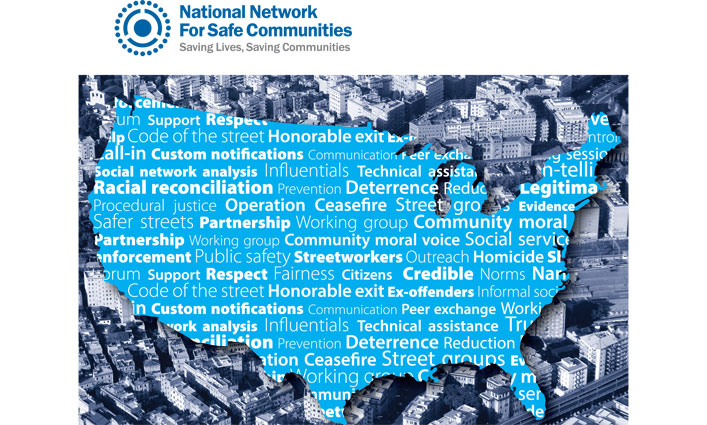Image

New Analysis: Focused Deterrence Strategies Save Lives
Last week, an important new meta-analysis of 24 focused deterrence implementations—in particular, the National Network’s Group Violence Intervention and Drug Market Intervention—was published in Criminology & Public Policy. The systematic review, led by Professors Weisburd, Braga, and Turchan, found that focused deterrence strategies “generate noteworthy crime reduction impacts and should be part of a broader portfolio of crime reduction strategies available to policy makers and practitioners.”
“This is a gold-standard set of findings that matches what we see on the ground in cities across the country,” says NNSC Director David Kennedy. “It represents a major formal step forward for violence prevention and the extraordinarily dedicated people who do this work.”
This systematic review addresses 24 studies, providing a robust update to the 2012 Campbell review of 10 focused deterrence evaluations. The authors note that the quality and sophistication of evaluations have “improved greatly over time,” thus lending “more confidence in study findings on the effects of focused deterrence programs.” They also call attention to the “sophisticated statistical matching techniques, panel designs, and higher powered statistical models” included in contemporary evaluations of our work, and specifically note that nine of the 14 newly-identified studies included matched comparison groups.
The review was accompanied by two essays from researchers who have personally evaluated focused deterrence implementations. In the first, Professor Engel emphasizes that “those of us with one foot in the practitioner world and one foot in academia” can find in this new analysis “a succinct and powerful summary of what works to reduce violence.” In the second, Associate Professor Corsaro describes focused deterrence as a “balancing” mechanism between the “often contradictory processes” of community crime control and due process.
Both authors emphasize the importance of further research into how and why focused deterrence can cause such significant crime reductions (“a cost-benefit analysis in which the various components of typical focused deterrence strategies are examined is desperately needed”), and both authors underscore the systematic review’s claim that focused deterrence is not a “one size fits all” approach that can be adopted without robust adaptation to local characteristics and institutional capacity.
This new analysis also includes a rigorous overview of focused deterrence theory. In particular, it addresses certainty and swiftness in deterrence, the importance of clear and procedurally just communication to offenders, the power of informal social control and collective efficacy, the connection between declining police legitimacy, and increased rates of interpersonal violence.
The findings of this systematic review support a slew of positive updates from our partner cities. In Detroit, for instance, our partners witnessed the lowest yearly homicide count since 1966; Newburgh, NY experienced a 65% reduction in nonfatal shootings between 2016 and 2017; and the homicide clearance rate in Oakland, CA is up to 71% (from 53.6%).
For more information about the National Network for Safe Communities’ focused deterrence implementations, including the Group Violence Intervention and the Intimate Partner Violence Intervention, please visit the website at https://nnscommunities.org.



